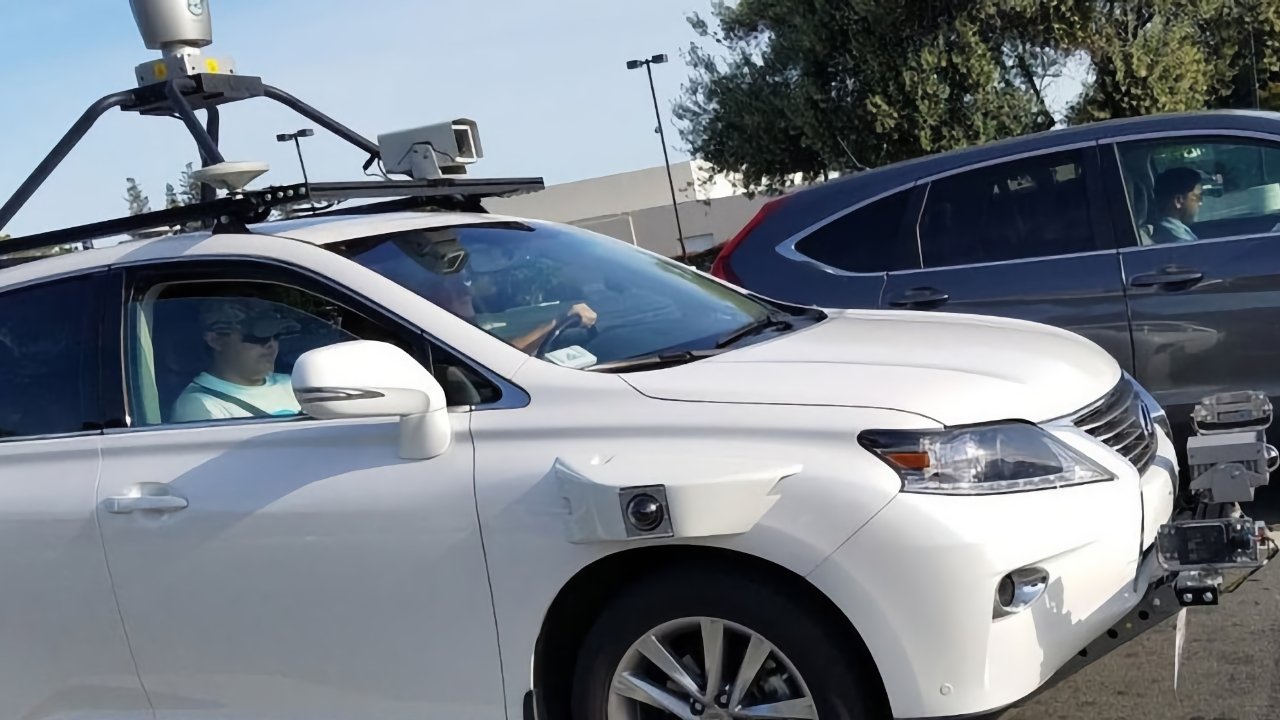
Apple is investigating how an Apple Car could interpret voice commands with an outgrowth of Siri technology, automatically decide where best to drive the user in response, and then ask for more details about where to park.
You've already lost the ability to remember the street names on your routes, you're so used to Apple Maps just saying when you have to turn left or right. Now it looks as if Apple wants to save you thinking about driving routes, and even destinations, at all.
"Guidance Of Autonomous Vehicles In Destination Vicinities Using Intent Signals," is a newly-revealed patent application concerning the use of autonomous driving in an "Apple Car." In particular, it's about the user interface and how a driver or passenger could control the car's route when there may not be any steering wheel or brakes.
"Given the multiplicity of choices that are typically available with respect to vehicle trajectories in real-world environments," says the patent, "occupant input or guidance with regard to selecting vehicle trajectories (without requiring traditional steering, braking, accelerating and the like) may be extremely valuable to the motion control components of such vehicles."
"However, providing interfaces for such guidance which are intuitive and easy to use, especially within environments such as parking lots for which detailed and/or accurate mapping data may not be available, may present a non-trivial challenge," it continues.
Apple's patent application repeatedly refers to both an "authorized individual" — which need not be the driver — and to "intent signals." An intent signal is not a turn indicator used to tell other drivers about an intention to turn, it's any method of conveying to the car what the user wants.
"For example," continues Apple, "if the individual states 'I'd like to buy some plants for my garden' in the vicinity of a large retail store, the navigation manager may determine that the vehicle should preferably be parked near an entrance marked 'gardening' or 'gardening supplies.'"
In that case, the car hasn't just determined the best spot to park, it has first interpreted the user's statement and decided to drive to that nearby "large retail store."
Alternatively, says the patent application, there could be a drop-down menu, on which the user "may first indicate the equivalent of 'let's go to the large retail store'." Then there could be subsequent levels of the menu, letting the user "select from among the options 'Park near the main entrance,' 'Part near the gardening entrance'..."
Or rather than having the user tap on touchscreen menus, the car could simply talk to the user.
"[In] response to detecting that the vicinity of the destination has been reached, the navigation manager may request input from the authorized individual," continues Apple, "e.g., by causing a voice signal similar to 'We are nearing the store. Shall I park near the main entrance?' to be generated."

Given that you couldn't be bothered to specify which store, given that you aren't driving, and given that you may be engrossed in Apple TV+, the car needn't wait for you.
"Default criteria may be used to select a stopping point if the individual fails to provide timely input in some embodiments," says the patent application.
There's nothing in this patent application about how an "authorized individual" is identified. So there could be some backseat driving going on, even in an "Apple Car."
Equally, there's no mention in this proposal about privacy, or about how the car determines the best place to drive to. At least because it will be using Apple Maps, you know the criteria is going to be something to do with proximity, not whether the store paid Apple anything.
This patent application is credited to six inventors. They include Scott M. Herz, and Karlin Y. Bark, whose previous work together includes a related patent to do with a heads-up navigation display projected onto a car windshield.